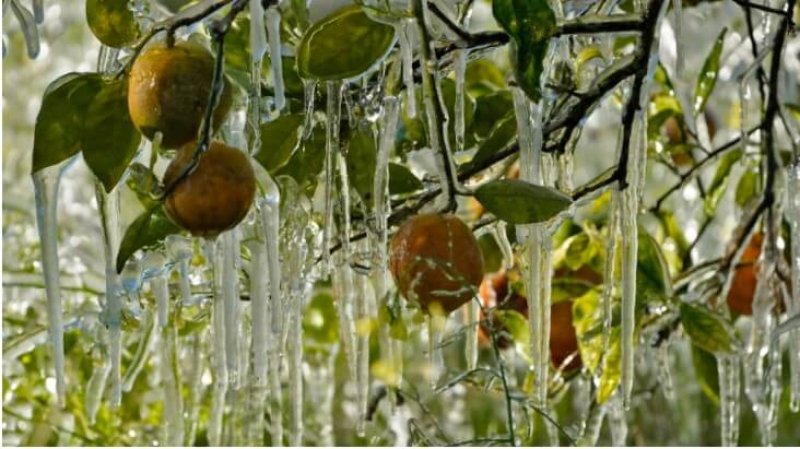To counter a rare freeze, Florida’s farmers have to reach deep into archaic solutions – tarps, smudge pots, irrigation, bonfires … whatever it takes to add a degree or two to the still, ambient air. Too often, it is a losing battle.
Technology could mitigate much of the damage, but government regulation has placed obstacles in the way of innovative solutions.
…
The bacterium Pseudomonas syringae is present on many plants, and contains an “ice nucleation” protein that promotes frost damage, and crystallization of ice at 2 degrees Celsius. It would then exploit this damage as part of its infection cycle.
These scientists decided, therefore, to produce a genetically engineered mutant of P. syringae that lacks the ice-nucleation protein, reasoning that spraying this variant bacterium (dubbed “ice-minus”) on plants might prevent frost damage by displacing the common, ice-promoting bacteria.
…
Although the ice-minus bacteria proved safe and effective at preventing frost damage in field trials, further research and commercialization were discouraged by the combination of onerous government regulation, the inflated expense of doing the experiments, and the prospect of huge downstream costs and the stigma of pesticide registration. As a result, the product was never commercialized.































